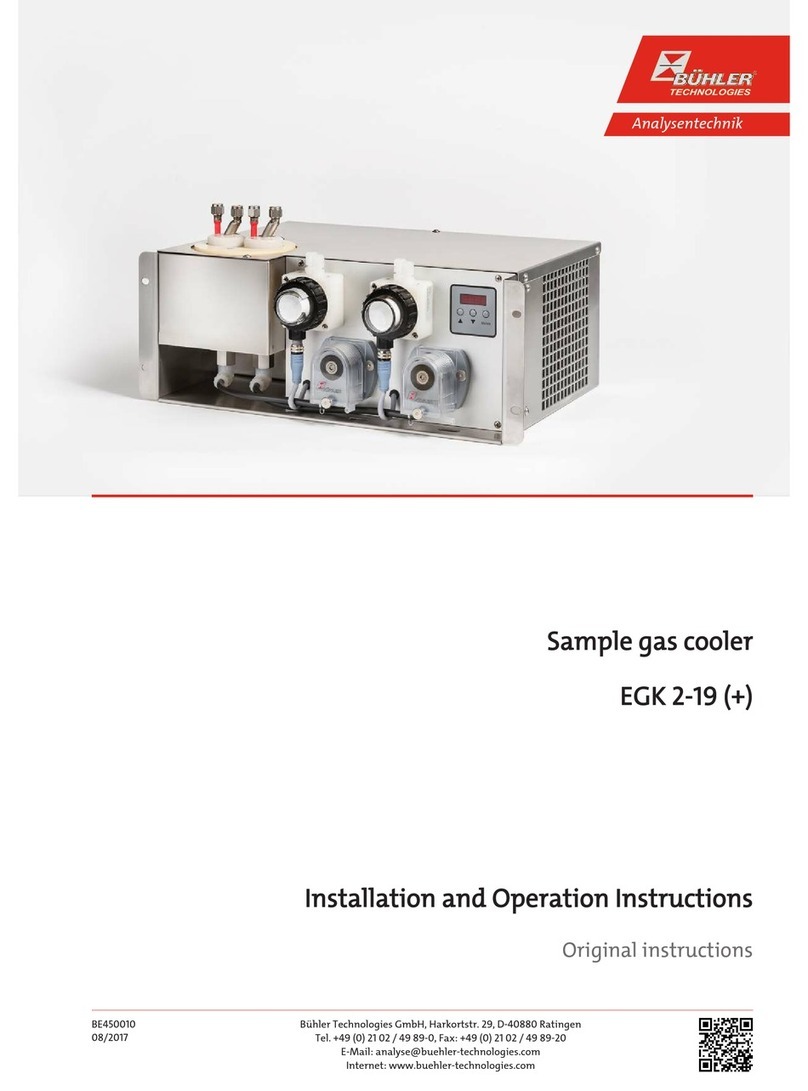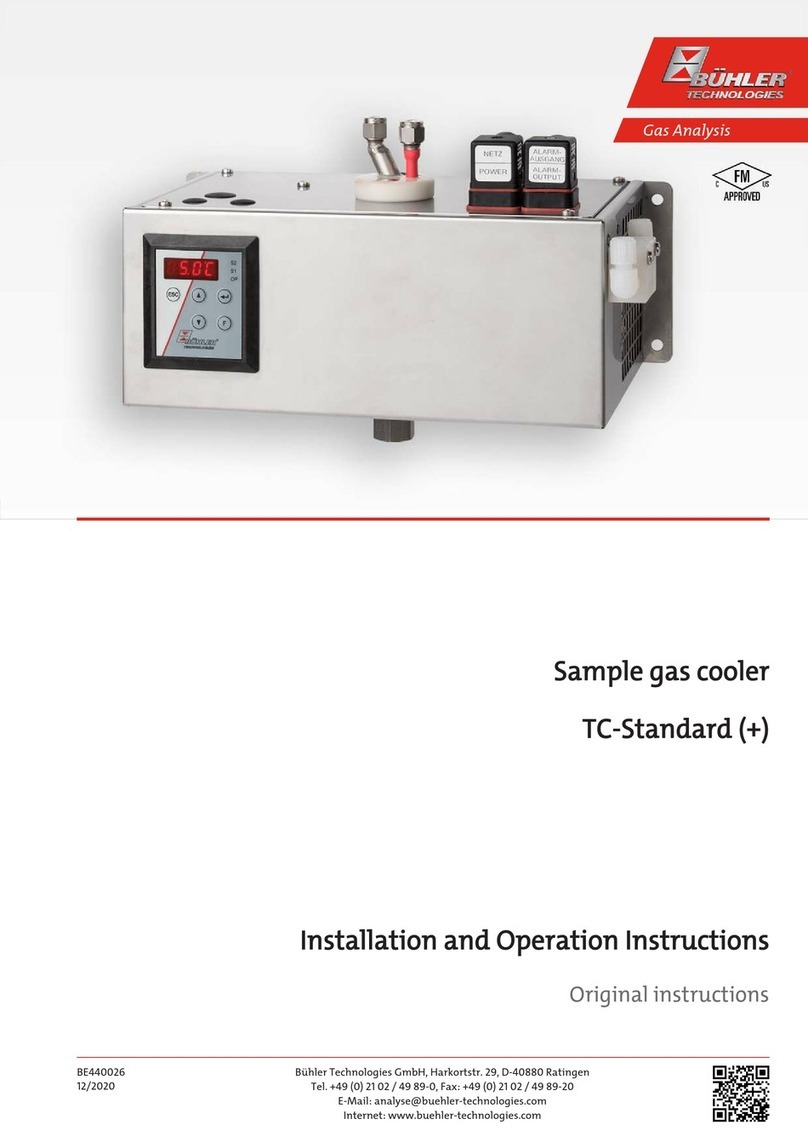
EGK 2A Ex
Contents
1 Introduction..................................................................................................................................................................................................................... 3
1.1 Intended Use......................................................................................................................................................................................................... 3
1.2 Design types.......................................................................................................................................................................................................... 3
1.3 Type plate .............................................................................................................................................................................................................. 3
1.4 Scope of delivery..................................................................................................................................................................................................3
2 Safety instructions.........................................................................................................................................................................................................4
2.1 Important notices................................................................................................................................................................................................4
2.2 General hazard warnings ................................................................................................................................................................................. 5
3 Product description ....................................................................................................................................................................................................... 7
3.1 General description ............................................................................................................................................................................................ 7
3.2 Functional principle of the cooler .................................................................................................................................................................. 7
4 Transport and storage ..................................................................................................................................................................................................8
5 Installation and connection ........................................................................................................................................................................................9
5.1 Installation site requirements.........................................................................................................................................................................9
5.2 Connecting the gas- and condensate connections ...................................................................................................................................9
5.3 Electrical connections and potential equalisation.................................................................................................................................. 10
5.4 Testing insulation resistance..........................................................................................................................................................................11
6 Operation and controls ...............................................................................................................................................................................................12
6.1 Switching on the sample gas cooler ............................................................................................................................................................ 12
6.2 Operation of the menu functions .................................................................................................................................................................13
6.2.1 Menu navigation overview.............................................................................................................................................................. 13
6.2.2 Detailed description of the operational principle ....................................................................................................................14
6.3 Description of the menu functions.............................................................................................................................................................. 14
6.3.1 Main menu...........................................................................................................................................................................................14
6.3.2 Submenu............................................................................................................................................................................................... 15
7 Maintenance.................................................................................................................................................................................................................. 16
7.1 Maintenance........................................................................................................................................................................................................17
7.1.1 Testing the pressure monitoring circuit...................................................................................................................................... 17
7.1.2 Checking the starting capacitor / the starting capacitors ..................................................................................................... 17
7.1.3 Cleaning the condenser (air heat exchanger)............................................................................................................................ 17
7.2 Parts replacement..............................................................................................................................................................................................17
7.2.1 Replacing the heat exchanger ........................................................................................................................................................18
7.2.2 Replacing the Pt100 ...........................................................................................................................................................................18
7.2.3 Replacing the electronics .................................................................................................................................................................19
7.2.4 Replacing the starting capacitor....................................................................................................................................................19
7.2.5 Replacing the display ....................................................................................................................................................................... 20
8 Service und repair .........................................................................................................................................................................................................21
8.1 Troubleshooting ................................................................................................................................................................................................22
8.2 Safety instructions ............................................................................................................................................................................................23
8.3 Checking / resetting the pressure monitor switch..................................................................................................................................23
8.4 Press switches respond during initial start-up ........................................................................................................................................24
8.5 Spare parts and accessories ...........................................................................................................................................................................24
9 Disposal........................................................................................................................................................................................................................... 25
10 Durability list.................................................................................................................................................................................................................26
11 User book (Please make copies) ............................................................................................................................................................................... 27
12 Appendices.....................................................................................................................................................................................................................28
12.1 Technical Data....................................................................................................................................................................................................28
12.2 Dimensions .........................................................................................................................................................................................................29
12.3 Heat exchanger..................................................................................................................................................................................................29
12.3.1 Heat exchanger description ........................................................................................................................................................... 29
12.3.2 Heat exchanger overview................................................................................................................................................................ 29
12.4 Performance data..............................................................................................................................................................................................30
iBühler Technologies GmbHBE450020 ◦ 09/2019



































